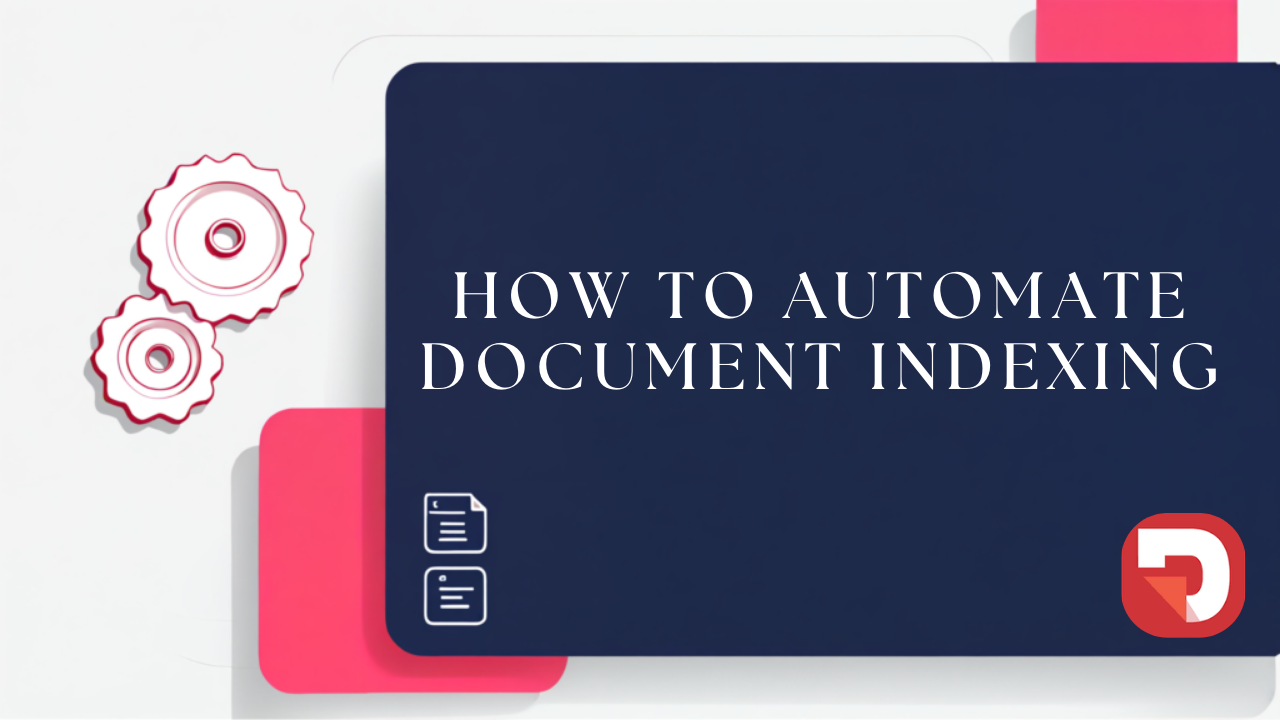
Automated Document Indexing: How to Find Any File in Seconds
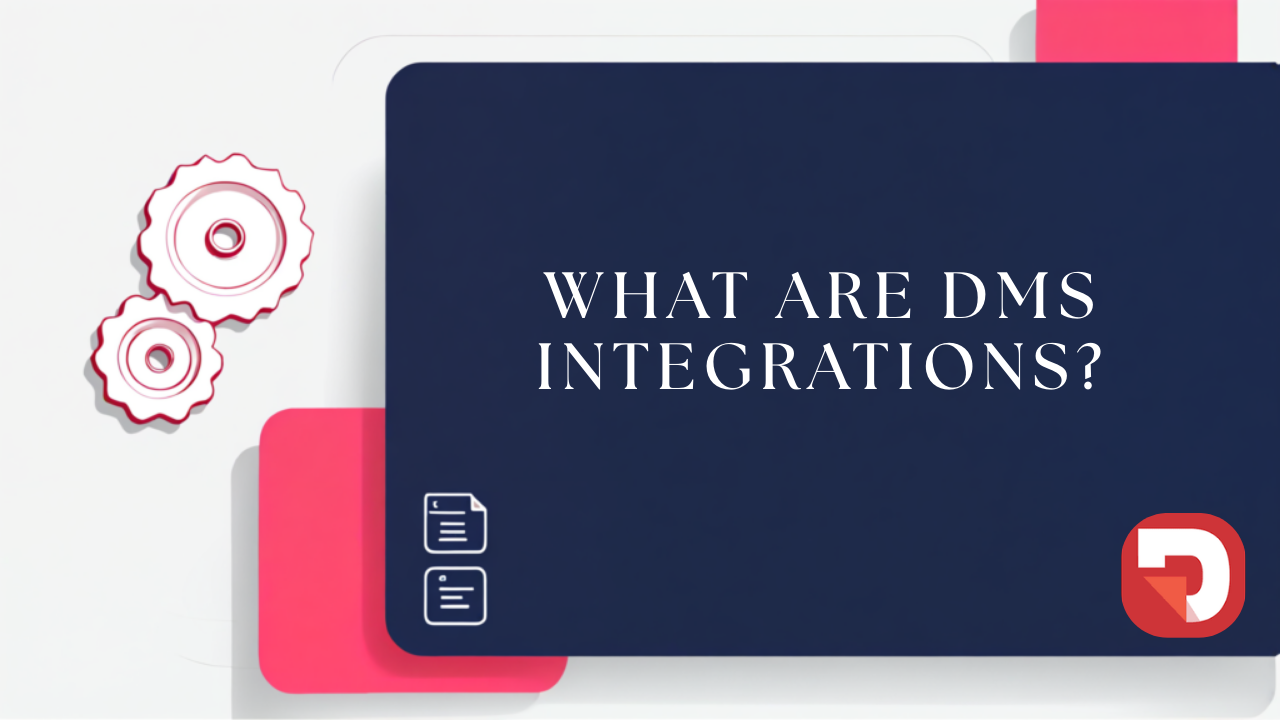
Your business runs on powerful software. Salesforce manages your customers, NetSuite handles the finances, and Microsoft 365 is your team’s daily driver. The problem is, these tools often don’t talk to each other.
This slows everything down. Your employees waste roughly 30% of the workday on repetitive tasks like re-entering data into different apps and searching for information. This is time they could be spending on valuable work.
Document management software integration bridges these systems. It allows your tools to share information automatically, creating a single, seamless workflow that makes your entire tech stack more powerful and your team more productive.
Document Management Software (DMS) integration connects your document system with other business applications, like Salesforce, NetSuite, or Microsoft 365, using APIs, which are secure pathways for systems to exchange data automatically.
Instead of manually uploading files or duplicating information across platforms, the integration allows your DMS to sync documents, update records, and even trigger workflows as needed.
This turns your DMS from a passive storage tool into a smart, connected hub that keeps all your systems aligned and your team focused on what matters most.
When your tools work together, your team is likely to be more productive and focused.
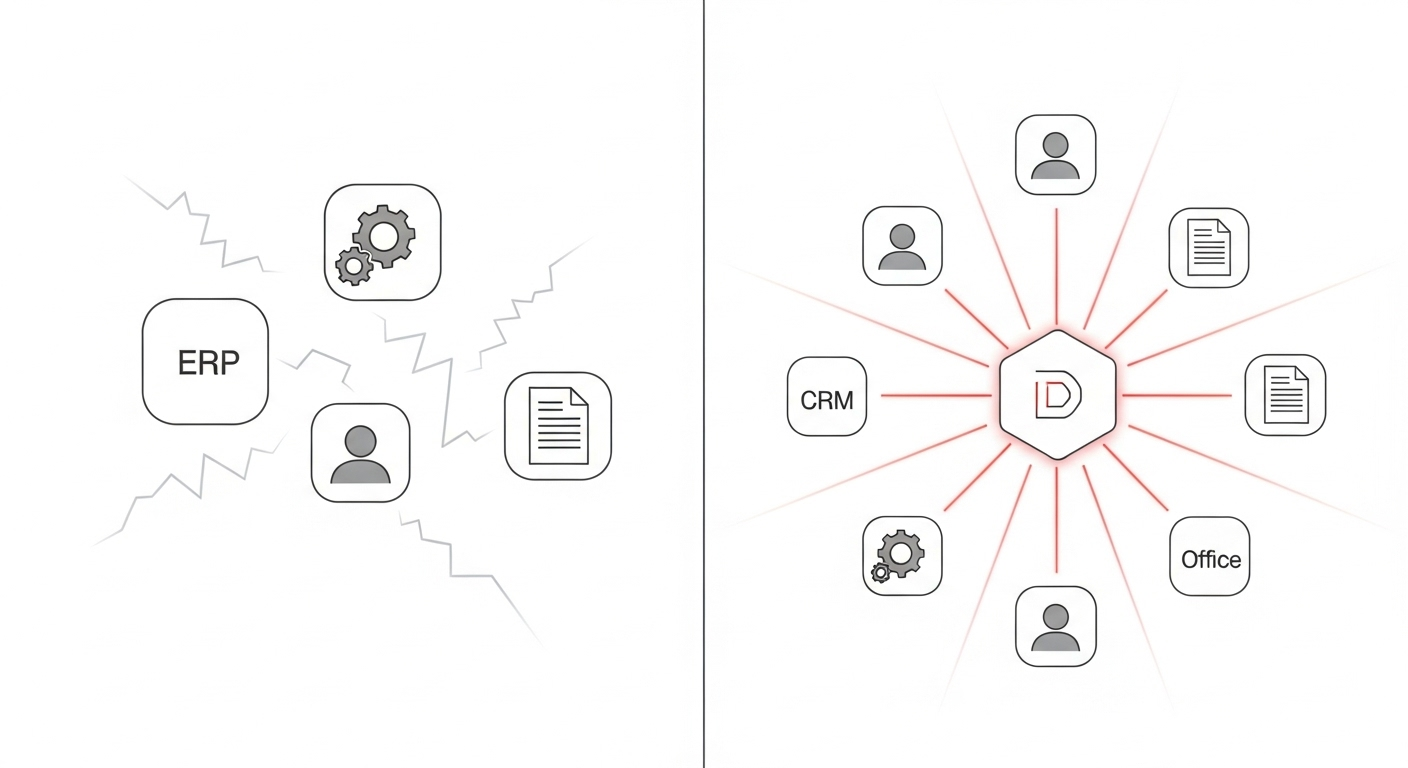
When they’re disconnected, information gets fragmented, slowing work down and creating pesky problems, such as the following:
| Symptom | Business Cost |
|---|---|
| Data Silos | Critical information gets trapped in separate apps, which leads to flawed decisions and missed opportunities. |
| Manual Data Re-entry | Employees waste hours each day duplicating data between systems. This directly impacts productivity, risks costly errors, and burns your team out. |
| Process Bottlenecks | Document approvals stall as they wait to be manually moved, frustrating customers and delaying revenue. |
| Compliance Blind Spots | With no single source of truth, producing a complete audit trail becomes nearly impossible. Failure to comply with regulations leads to severe fines. |
Connecting your DMS to your other business systems isn’t a matter of convenience. It fundamentally improves how your business operates. The benefits are clear, direct, and impact your bottom line.
Think of all the hours your team spends switching between applications, hunting for files, or retyping the same information into different forms. Integration gives that time back.
When you automate the flow of information, your employees can focus on more valuable work instead of repetitive administrative tasks.
Every time a human manually transfers data, there’s a risk of error.
With manual data entry processes having an error rate of up to 4%, according to some studies, a simple typo in an invoice amount or customer ID can lead to incorrect payments and flawed financial reporting.
Integration removes that risk. When your systems talk to each other directly, the data is always accurate and reliable.
Proving compliance requires a complete, unbroken history of every document. When your files are scattered across different platforms, creating a single audit trail is a time-consuming nightmare.
A fully integrated system tracks every document from creation to archival. It gives you a single, searchable history that makes audits straightforward.
A good document management system makes all of your other tools more powerful.
Integrations connect your DMS to the software you use every day and eliminate app-hopping, letting you create a single, automated workflow. Here are the most important integrations to look for.
Right now, your finance team is likely drowning in manual data entry.
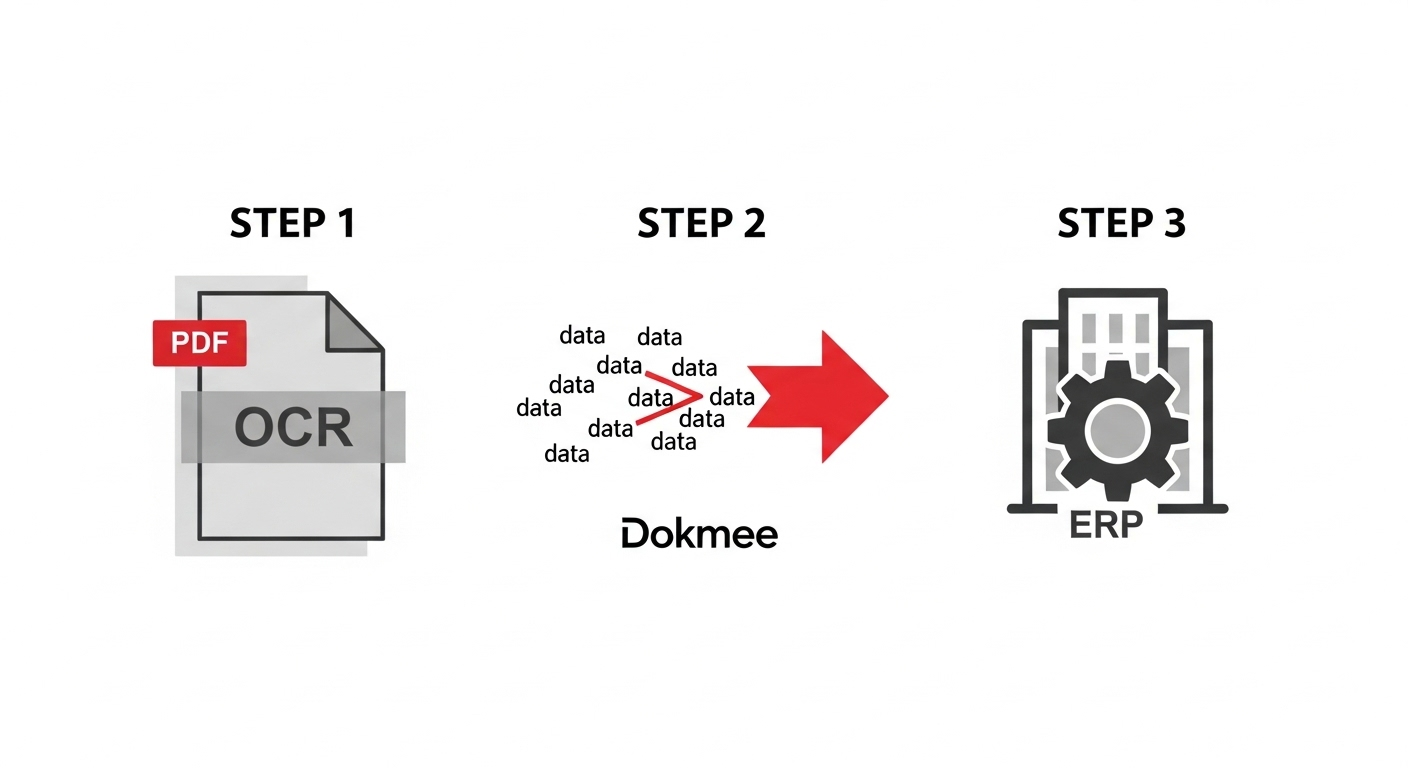
When an invoice arrives, someone has to open the file and then retype the information into your ERP (Enterprise Resource Planning) system, like NetSuite or SAP. This is slow and a major source of costly payment errors.
An ERP integration solves this completely. The DMS can automatically “read” an invoice using OCR technology and push the data directly into your ERP.
This turns a tedious, error-prone task into an instant, automated, and accurate workflow. Your records become error-free and your outbound payments are never delayed.
Your sales team should be selling, but they often spend up to one-third of their day on administrative tasks instead.
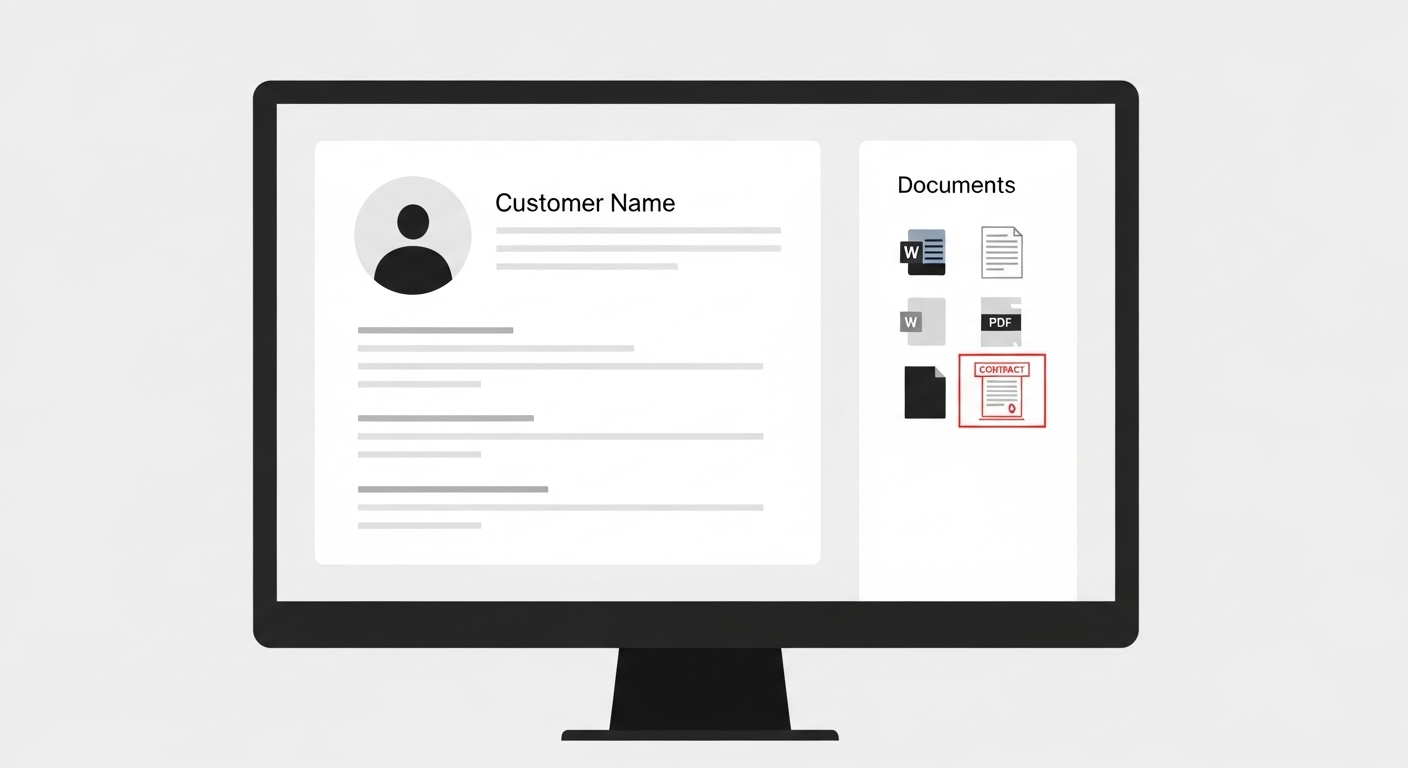
A major cause is hunting for documents like contracts and proposals that are lost in email or disconnected shared drives. Integrating your DMS with a CRM (Customer Relationship Management) like Salesforce fixes this.
Every contract and proposal is automatically filed and linked to the correct customer record. Your team gets a complete document history right inside the CRM interface. Thanks to this, they can close deals faster and provide a single source of truth for every customer.
Your team uses tools like Microsoft 365 or Google Workspace to collaborate, but this often leads to a nightmare of confusing file versions. You end up with multiple “final” copies of the same document, and no one is sure which one is correct.
A proper integration makes this problem disappear. When you edit a document in Word or Google Docs, the system automatically saves it back to the DMS as the newest version.
It guarantees everyone is always working from the correct file without changing how they collaborate.
Getting a contract signed with a tool like DocuSign is great, but the process often ends there.
The legally binding document then sits isolated in the e-signature platform, completely disconnected from the customer’s master file in your DMS.
An e-signature integration closes this loop. Once a document is signed, it’s automatically pulled back into the DMS and filed in the correct location.
This creates an unbroken, compliant audit trail and can even trigger the next step in your process, like sending an alert to accounting to issue an invoice.
Ready to eliminate chaos in your organization and ramp up team productivity?
Dokmee integrates with top tools like Microsoft 365 to simplify how work gets done.
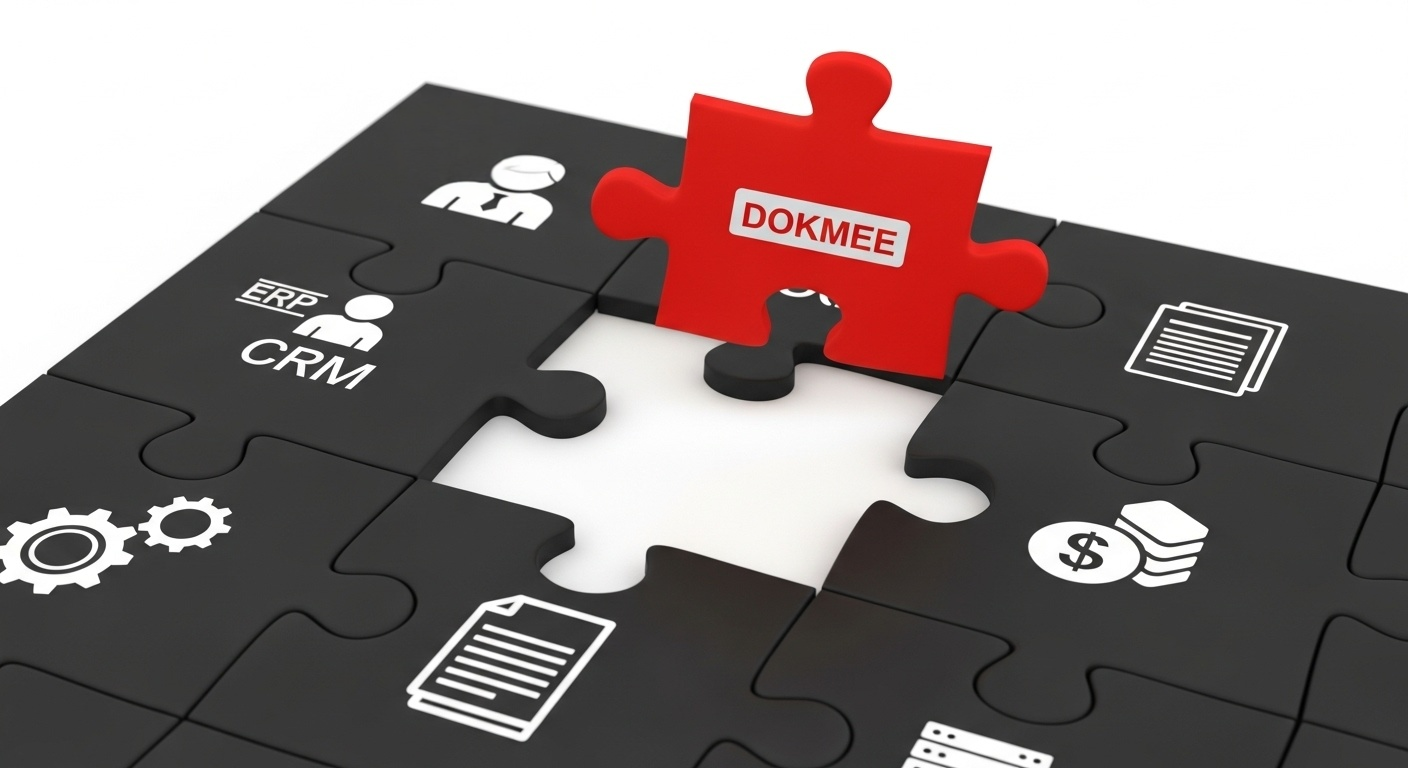
Before you even look at a DMS, map out every application your team depends on daily.
Identify the friction points between them. Is your team manually moving data from your sales CRM to your accounting software? That’s an integration you need.
This internal audit creates a clear shopping list of your real-world requirements.
Look for a DMS that has pre-built, out-of-the-box connections for your most critical applications.
These native integrations are generally more reliable, easier to set up, and better supported than third-party connectors. A strong library of native integrations shows a commitment to seamless connectivity.
No DMS will have a native integration for every tool, especially if you use specialized or legacy software.
For these situations, a flexible and well-documented Application Programming Interface (API) is essential. A good API allows your developers to build custom bridges and leave no tool behind.
A document’s journey begins the moment it enters your business. How well your DMS can capture information is a critical part of its integration capability.
You need a system with powerful document capture software that uses OCR technology to automatically extract data from scans and PDFs, which can then be fed into your other systems.
The software you use today might not be the software you use in two years.
Choose a DMS provider that’s actively growing its marketplace of integrations. This ensures your DMS can adapt and connect with new tools as your business evolves.
For a deeper analysis of what to look for in a platform, see our full guide on choosing the best document management system.
The real power of a business tool is how well it connects to your other systems.
Dokmee offers an integration-first approach with native connections for essential platforms like Microsoft 365, Salesforce, and QuickBooks, plus a powerful API to connect with your ERP and other custom applications.
Stop letting disconnected software create bottlenecks and start building seamless workflows.
It’s a DMS that connects to your other business software, like your CRM and ERP. It acts as a central hub, allowing documents and data to flow automatically between all your tools.
When integrated, a DMS is used to automate workflows, create a single source of truth for all company files, and ensure compliance by tracking every document across all connected systems.
Most top DMS platforms integrate with CRM (Salesforce), ERP (SAP), accounting (QuickBooks), and productivity software (Microsoft 365). Dokmee provides these standard connections along with a flexible API for custom needs.
They replace slow, manual steps with instant automation. For example, instead of an employee manually typing invoice data into an ERP, an integrated workflow does it automatically, in seconds, without errors.